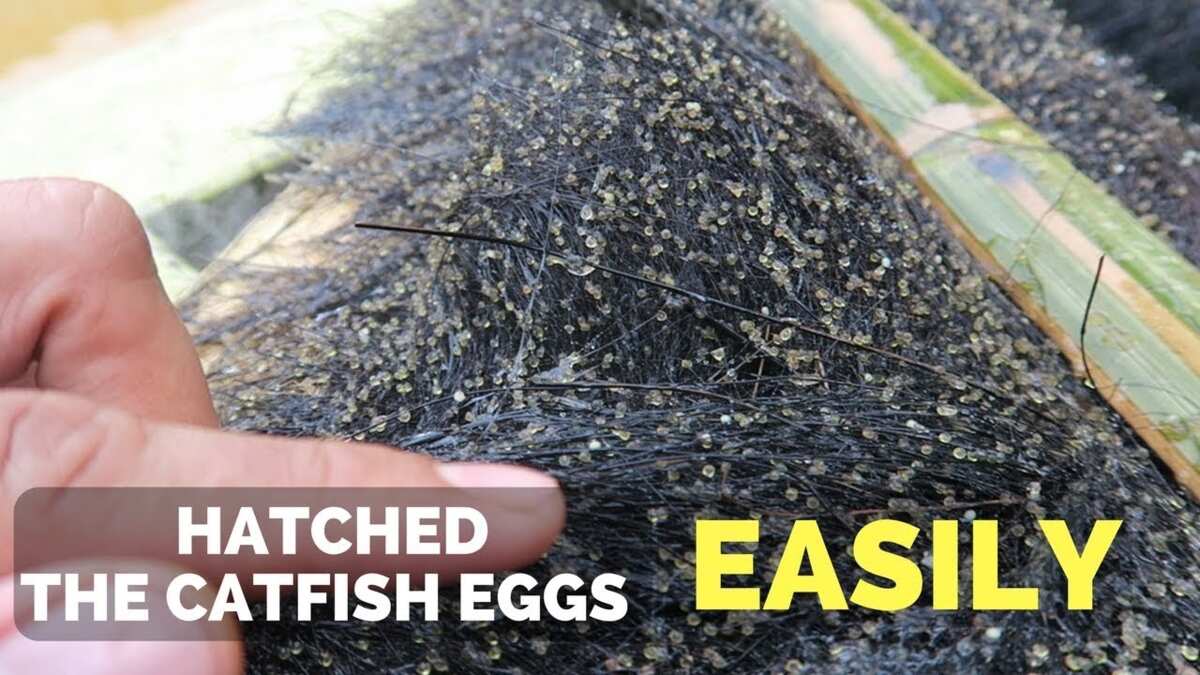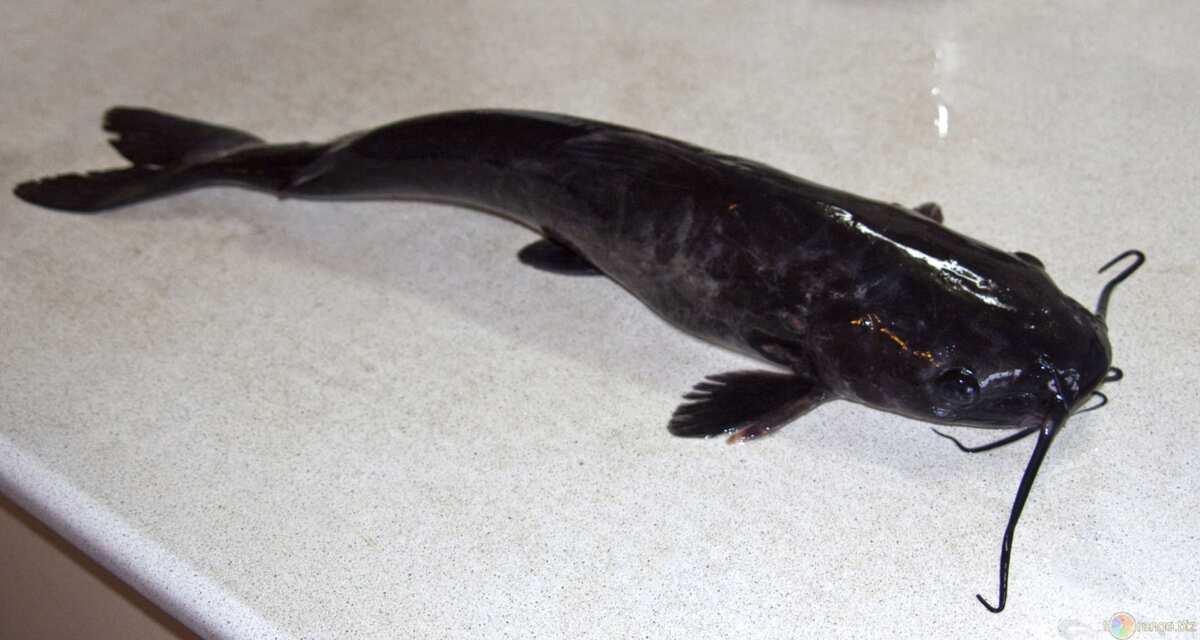Nowadays, a lot of people are interested in learning how to hatch catfish at home. Just for them we have prepared a guide that could be of great help for those who are just starting with catfish farming in Nigeria. We will take you through the whole process, and you will be able to do it yourself in no time!

Step-by-step guide to operating a catfish hatchery
Despite what you might be thinking, catfish farming is not that complicated, as long as you have at least a basic idea of what you are doing. While you do have to do some research before you seriously decide to hatch catfish, we can provide you with a general guide, just so you know what you are signing up for.
Here is the full process of how catfish hatching works:
- Selecting the brood. You can do so by getting your fish in the wild or buying it from a fish trader, farmer or a fish research institute. The latter is recommended, because the fishes there has been brought up in strict controlled conditions that minimise the chances of it having defects or being prone to diseases. You can buy mature fishes or start with juveniles and raise them to maturity yourself.
- Telling apart the males from females. If you are working with adult fish, this should not be that hard. Mature female catfish that is ready to produce eggs has a reddish opening in the bottom where the eggs come out. It should have a protruding swollen stomach filled with eggs. The mature male catfish has an elongated reddish papilla on the bottom.

Read also
Easy steps to follow on how to pierce your nose at home

READ ALSO: Comprehensive business plan for fish farming in 2018
- Selecting the specimen. For the best results, it is recommended to choose two female catfish and three male. The females should be large and ready to produce eggs. The males should be approximately of the same size.
- Weighing the female fish. In order to determine how much hormones you need to inject your female catfish (and you need to do that, trust us), you should weigh it first. Based on its weight, you need to prepare the hormone solution.
- Choosing the hormones. You can go natural (by harvesting pituitary gland) or artificial (synthetic (human) hormones). For the first method, the gland needs to be harvested, grinded and added to 1 ml of saline solution. There are also ready-made pituitary solutions on sale. For the second method, click here to learn more about the different types of hormones and the recommended quantities.
- Injecting the female fish with hormones. Once you have decided on the type of hormones, it is time to inject your fish. Before you do it, it is best to tranquilise the fish, but be extra careful not to overdo it. Take the syringe with the calculated dose and inject the fish at a 45-degree angle several centimetres away from lateral line, around the midsection. Then leave the fish be for about 12 hours.

Read also
How olive oil is made: step by step guide

READ ALSO: Business plan for fish farming in Nigeria
- Preparing the strip. When the time is up, take your fish, wipe it dry, cover its head with a soft cloth and strip the eggs by pressing the fish’s stomach. As for the males, they are not that lucky. You have to kill them by cutting them open through the stomach and removing the milt sac with the testes.
- Preparing the eggs. Mix the milt with saline solution and introduce the mixture to the eggs in a bowl. Mix it all thoroughly but carefully for about a minute. Add clean water to begin fertilisation. After that, spread the eggs on the spawning sponge and put it in the incubator full of water. Make sure it is fully submerged and not floating on top.
- Hatching the eggs. In about 24-35 hours, you should be able to see your catfish fingerlings. They would descend to the bottom of the incubator. When you think that all the fry have hatched, take the sponge out, put it in another bowl/incubator and give it a good shake. This will help the fry trapped in the sponge to get out. If you do not do this, you risk losing quite a lot of fingerlings.

Read also
Useful healthy lifestyle tips for men
You are done! As you can see, it is really not that hard, but the better your technique is, the better results you can expect. So practice on a few fish, and you will be able to grow your farm in no time!
Benefits of catfish hatching at home

READ ALSO: How to rear catfish at home
You might be thinking: but why is it better to hatch fish at home? Well, we have prepared a few advantages for you if you are not yet convinced. Here they are:
- Artificially controlled environment. You can control the hatching on every step of the way and make sure that everything is up to your liking.
- High survival rate. When you are controlling things, you can do your best to assure the survival of as many fishes as you can, as opposed to catfish breeding in the wild or on large farms with little overseeing and control.
- No predators. Unlike in the wild, there is no fear of losing the eggs (or even the fingerlings) to the predators. This means that you can avoid loss in stock that would have happened in nature.
- Artificial propagation and better fertilisation. With the help of hormones, you can achieve much better results than you would have without them.
- Better hatching success. When catfish breed in nature, there are often lots of unfertilised eggs that are just wasted. With a hatching operation in a controlled environment, the amount of unfertilised eggs is significantly smaller.
- No environmental pollution. We are ruining our environment quickly, and it in turn hurts everyone in it. If you hatch the catfish eggs at home, you can protect them from pollution.
- No extreme weather conditions. Most large catfish farms usually are under the open skies, which means that it is hard to control what they are exposed to. When you do the hatching at home, you can avoid extreme temperatures, rains that might lead to flooding and many other things that could put the operation at risk.

Read also
Top 7 insects to avoid in Nigeria
Hatching catfish at home is one of the best methods you can go for if you are working on small scale. Everything is under your control, and the results depend on you and your fish, and nothing else.
READ ALSO: How to hatch snail eggs?
Source: Legit.ng
ncG1vNJzZmivp6x7rbHGoqtnppdkfnN8mGxqb2WYpMRutMCtmqFlk5bBp7XSoWSen5eoeqm7zJ5loaydoQ%3D%3D